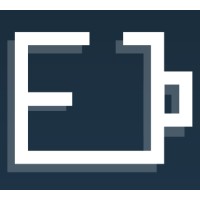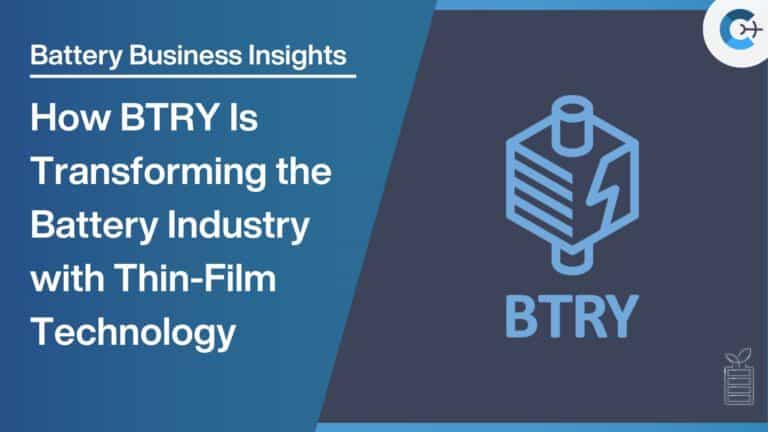TWAICE, a provider of battery analysis software, has introduced an aging model for sodium-ion batteries. This development represents the first battery aging simulation model compatible with non-lithium batteries, providing battery operators with a tool to optimize the use of sodium-ion technology.
The model extends TWAICE’s simulation software to include sodium-ion batteries, which are emerging as an alternative to lithium-ion technology in energy storage applications. Sodium-ion batteries function similarly to lithium-ion batteries, but use more readily available, cost-effective, and environmentally sustainable materials.
Depending on the specific system design, sodium-ion batteries can offer longer life, improved safety features, and better performance at low temperatures than lithium-ion batteries. The current energy density of sodium-ion batteries ranges from 90-150 Wh/kg, with projections suggesting that future advances could reach up to 200 Wh/kg.
TWAICE CEO Michael Baumann said that the new simulation models for sodium-ion batteries will enable researchers and engineers to gain a more comprehensive insight into the properties and aging behavior of this technology.
The model, developed using measurements from TWAICE’s Battery Research Center and the company’s proprietary methodology, allows for comparative analysis between lithium-ion and sodium-ion batteries. This expansion of TWAICE’s simulation capabilities is designed to support the development of alternative energy storage solutions and further the company’s position in battery analysis software.
Source: TWAICE Newsroom, Webinar
















